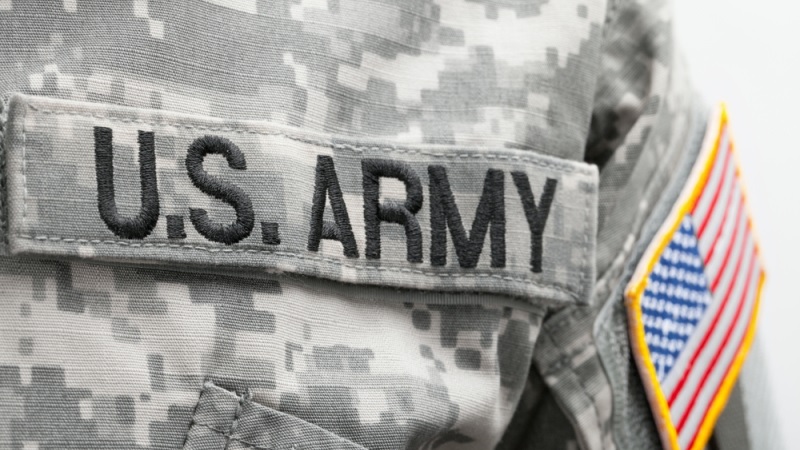
The U.S. Army is taking bold steps to modernize its human resources systems, harnessing artificial intelligence (AI) to deliver faster, more personalized support for soldiers, veterans, and their families.
During a recent Federal News Network webinar, Maj. Gen. Hope Rampy, commanding general of the Army Human Resources Command (AHRC), shared insights into how the Army is reimagining its approach to personnel services with AI at the center.
At the forefront of these efforts is the AHRC’s website, currently undergoing a redesign, which will soon launch a beta-tested AI chatbot to provide faster, more personalized support for soldiers and their families.
“We have two front doors to our command,” said Rampy. “The one probably most utilized by soldiers is our website. It’s an okay website, but we’re on a journey to provide world-class HR support – that also means having a prettier wreath on that door.”
The website isn’t the only service getting an upgrade. The traditional call center – still essential for veterans and older family members – is also being modernized as part of the Army’s broader transformation efforts.
According to Rampy, in partnership with Salesforce, AHRC is revamping the call center experience with new case management tools that allow the command to track interactions in real time – measuring both volume and topic to improve service delivery.
“It’s not just modernizing receiving the call and being able to quickly answer that question,” Rampy explained. “It’s also, how do you trace that action throughout the command?”
But modernization isn’t just about the front-end experience. AHRC is equally focused on the people answering those calls and managing cases, placing a new emphasis on measuring the quality of the interaction from the soldier’s perspective, not just internal efficiency metrics.
“How do I manage and measure the soldier experience? I can say I’m doing a good job because I’m only taking a certain amount of time to finish an action – but I’m not asking the soldier, ‘How did you feel about that experience?’”
Central to this evolving HR model is the Army’s growing use of AI, particularly generative AI tools that can process large volumes of data to provide tailored interactions. Rather than treating all soldiers the same, the vision is to provide highly individualized service – from identifying a soldier’s unique background and interests to anticipating their needs.
“When I follow up with the soldier, they know it’s a personal experience,” Rampy noted. “Because I’ve identified things that only apply to them and not to every soldier or officer.”
As Maj. Gen. Rampy put it, the Army’s ultimate goal is simple but ambitious:
“To deliver world-class HR support – and that means making every soldier feel heard, valued, and personally supported,” she said.
